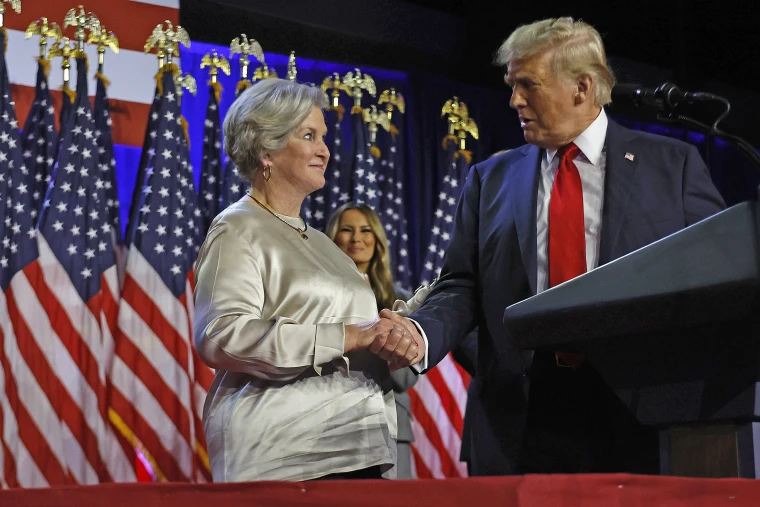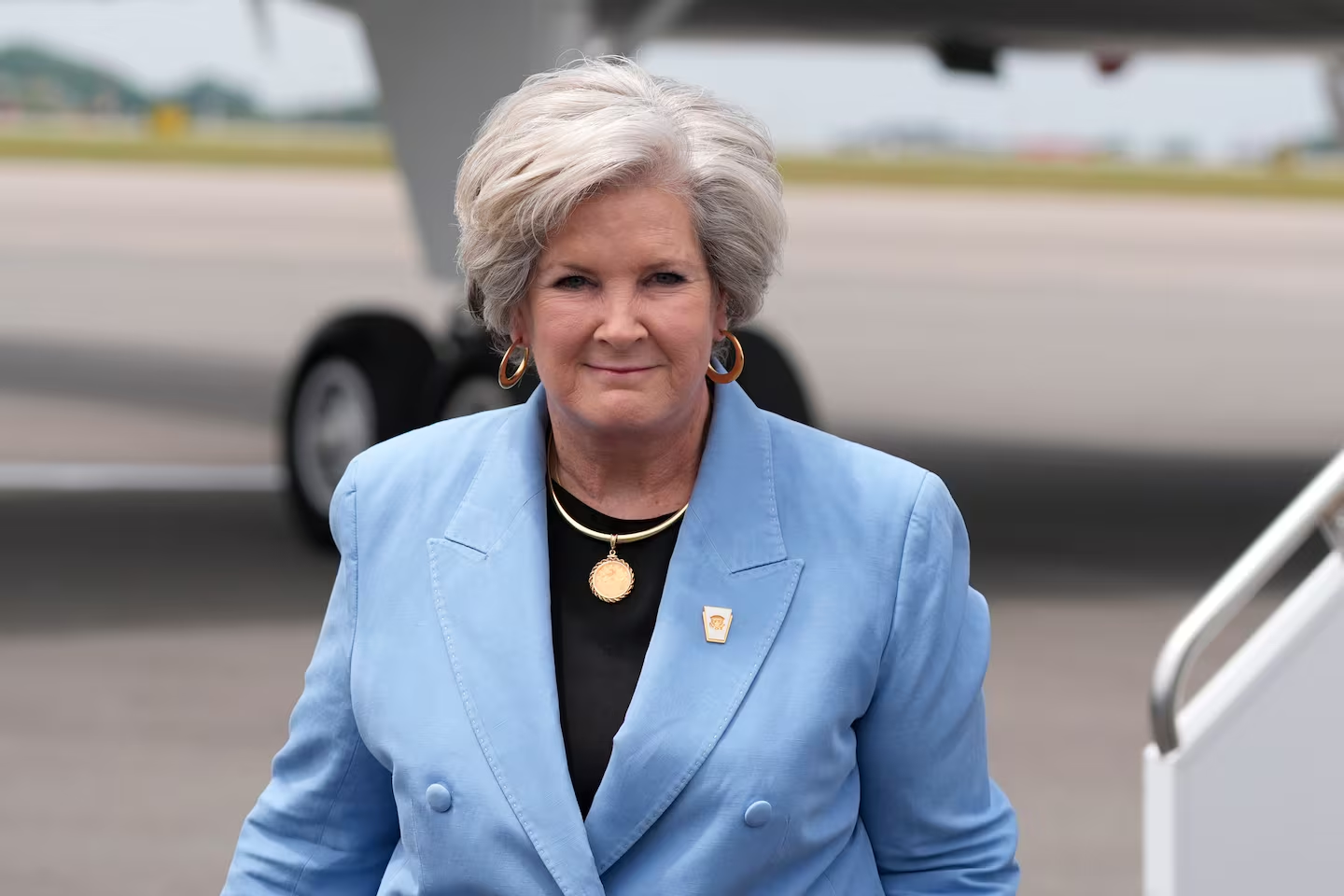President-elect Donald Trump on Thursday named Susie Wiles, the architect of his successful campaign, as White House chief of staff, making her the first woman to hold one of the most powerful positions in American government.

Wiles, who eschewed the formal title of campaign manager while steering Trump to victory, earned widespread praise within Republican circles for running what many considered his most disciplined and effective campaign to date. Her appointment marks Trump’s first major staffing decision as president-elect.
“Susie is tough, smart, innovative and is universally admired and respected. Susie will continue to work tirelessly to Make America Great Again,” Trump said in a statement. “It is a well deserved honor to have Susie as the first-ever female Chief of Staff in United States history. I have no doubt that she will make our country proud.”
The selection of Wiles, who maintained a notably low profile during the campaign and even declined to speak during Trump’s victory celebration Wednesday morning, signals a potential shift in White House management style. On the campaign trail, she demonstrated rare ability to influence Trump’s decisions by earning his respect and demonstrating the benefits of following strategic guidance.

While Wiles brings limited federal government experience to the role, she carries significant political credentials. She managed Trump’s Florida campaigns in 2016 and 2020, ran Florida Governor Ron DeSantis’ successful 2018 campaign, and directed Rick Scott’s winning 2010 gubernatorial bid. She also briefly served as campaign manager for former Utah Governor Jon Huntsman’s 2012 presidential run.
The chief of staff position traditionally serves as a crucial bridge between the president and the rest of the government, balancing political and policy priorities while controlling access to the commander-in-chief — a function that proved challenging during Trump’s first term. Successful chiefs of staff typically act as both confidant and gatekeeper, helping to execute the president’s agenda while managing competing interests within the administration.


